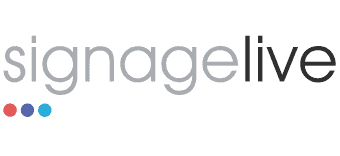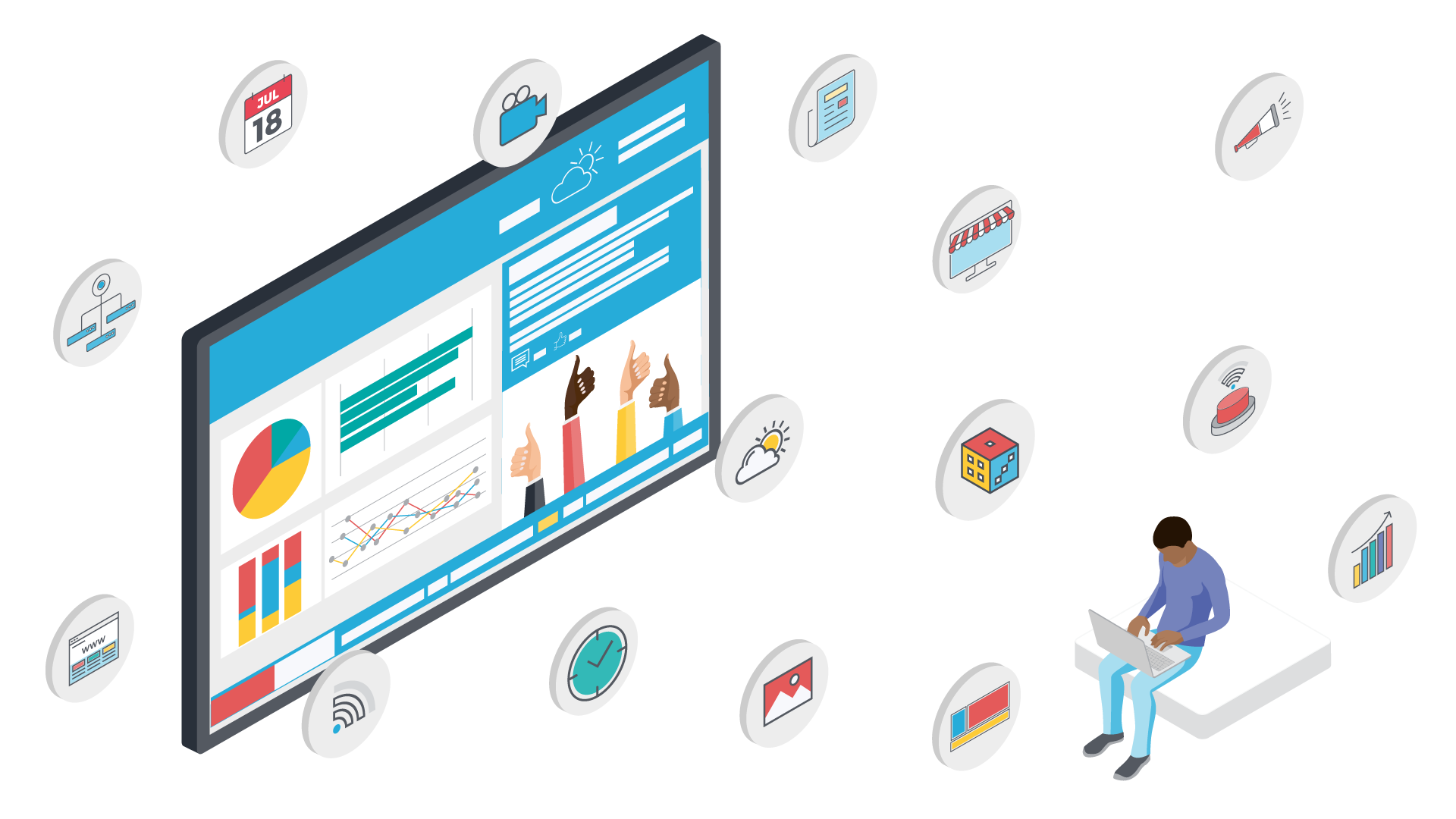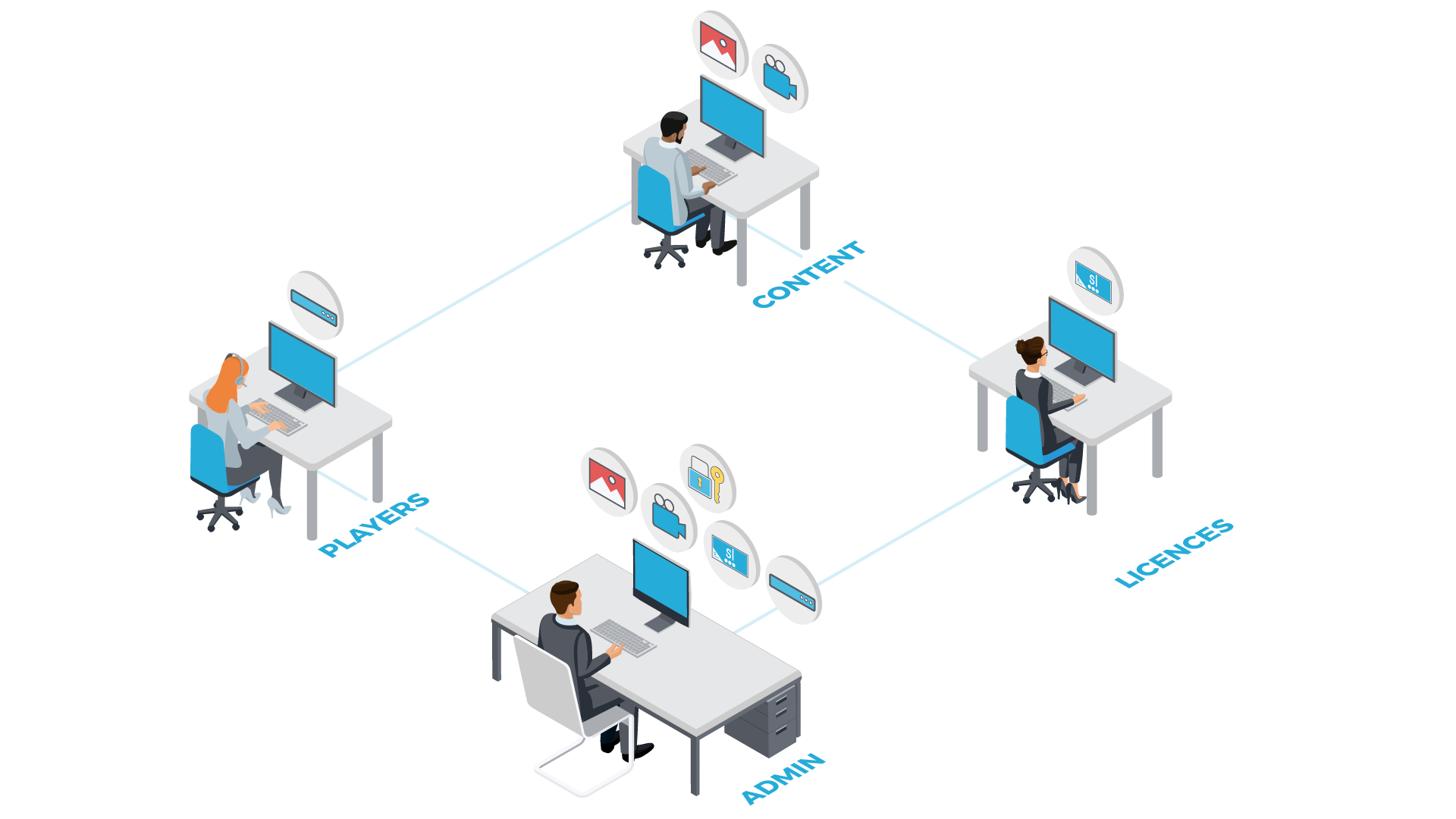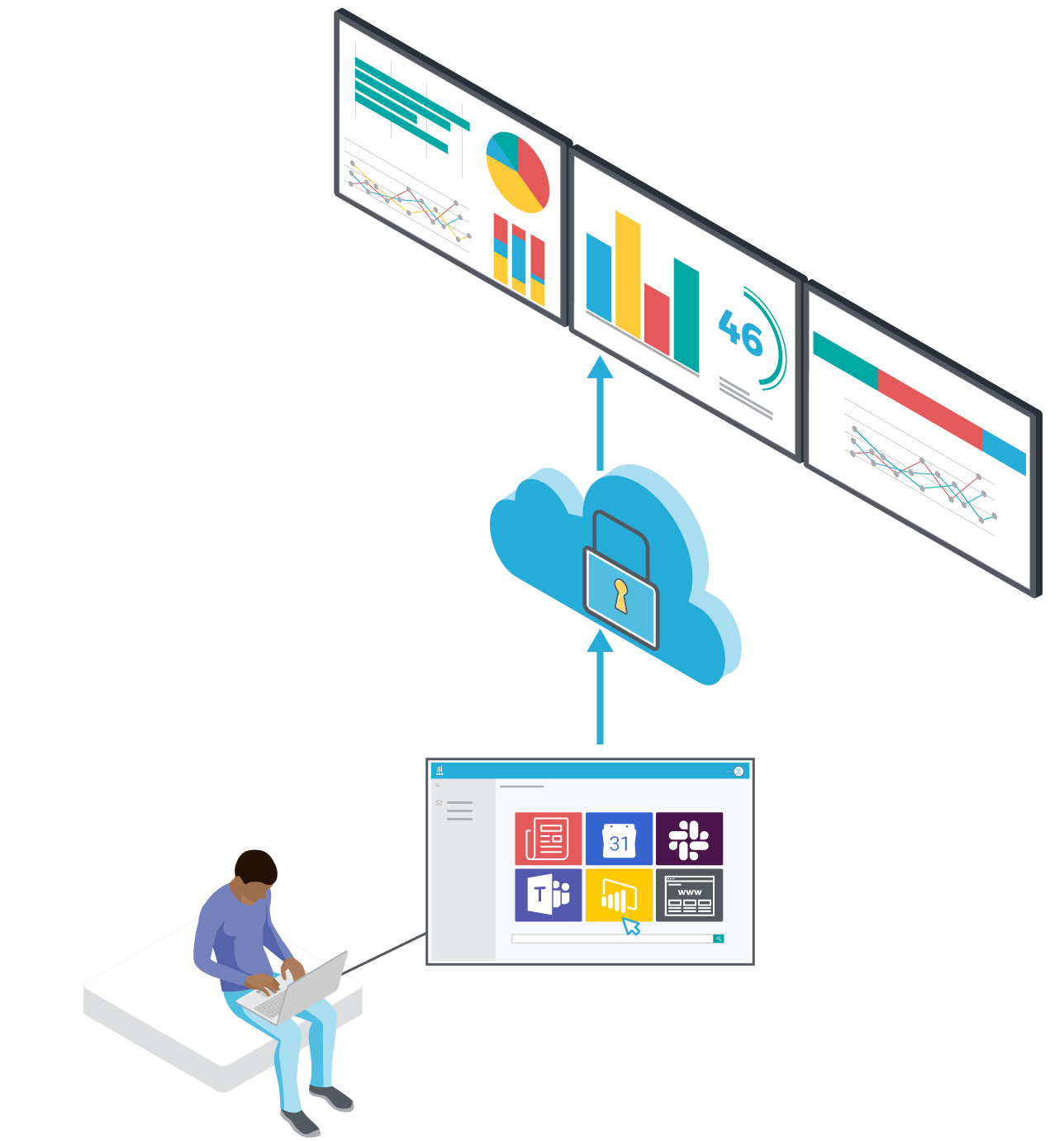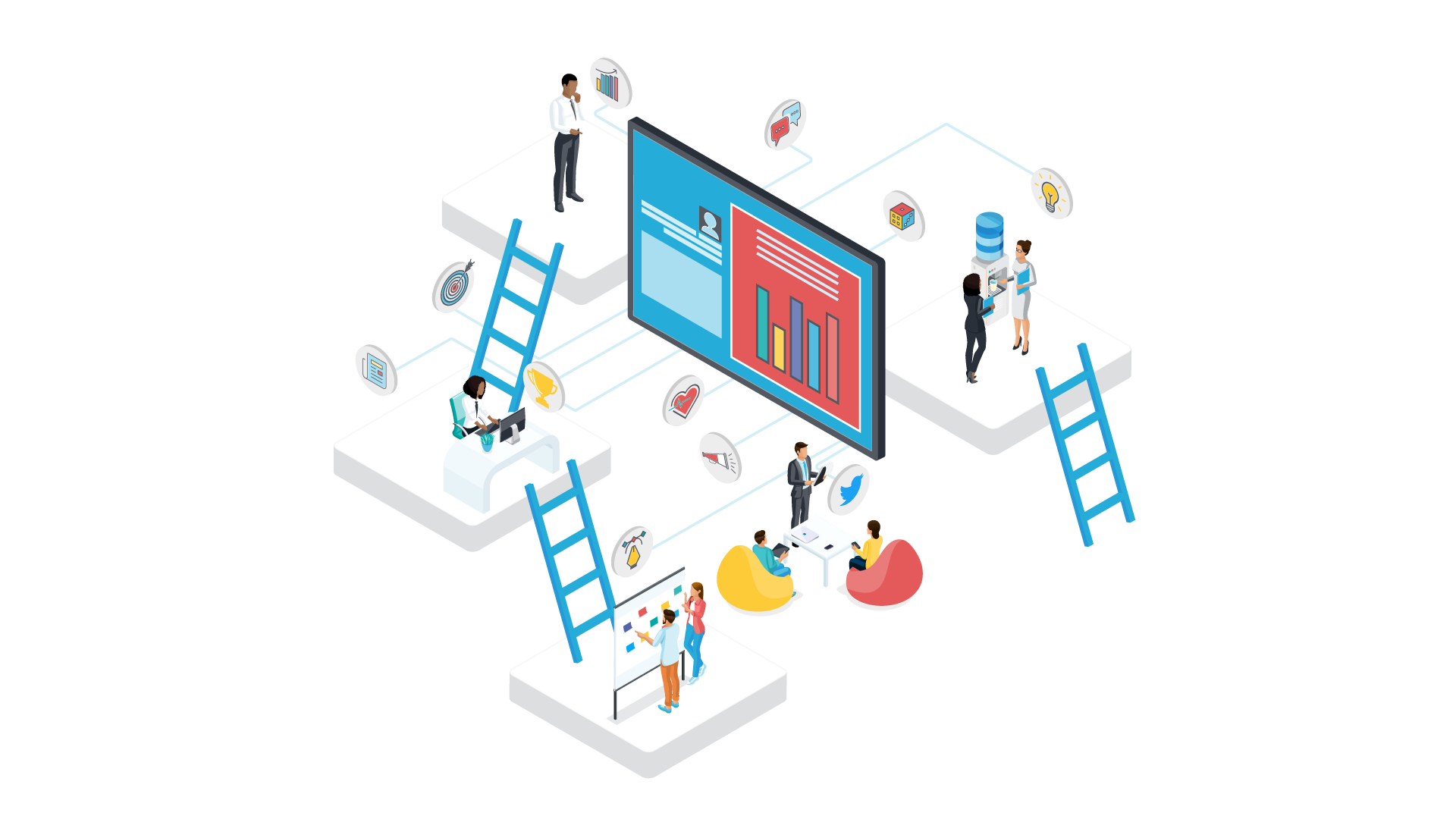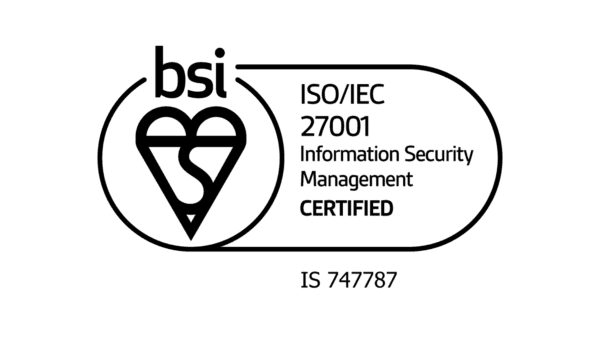How to create and deliver your digital signage
Content is most definitely king, but only with the right medium to create, elevate and present it. Digital signage offers the ultimate multimedia platform, enabling you to simplify and speed up the creation and delivery of your messaging, while strengthening and amplifying its impact.
So, how does it work? How do you create digital signage?
First off, you’ll need a content management system (CMS), so you can easily create, publish, and manage as well as distribute content. Cloud-based platforms offer the most flexibility, enabling you to schedule content in minutes from anywhere and to as many screens as you require.
You’ll also need compatible hardware – a screen and media player, or a system-on-chip display, which offers media player functionality, built-in.
How to choose a CMS solution
CMS platforms offer varying levels of support, so it’s important to ensure that you invest in a solution that can meet the imminent as well as longer term needs of your organisation.
Advanced scheduling capabilities will enable you to run content on a loop, or for a specific date or time frame.
Opting for a CMS solution that offers enterprise-grade features will also help future-proof your digital signage, allowing you to scale out your messaging as your network grows.
With Granular User Permissions, you’re able, for example, to grant various levels of user access, so that you can still maintain tight and secure control over your digital signage screens, even as the number of required content administrators increases.
Other features, such as the in-built tag manager simplify large-scale content distribution, enabling you to push out messaging more quickly to groups of players that you can, for instance, tag by region.
Sector-specific and specialist functionality
Some CMS platforms offer, in addition to general support, more specialist and sector specific content creation assistance.
Workplace environments
For instance, Signagelive, with its Secure Dashboards solution, is ideal for corporate environments. It enables organisations to scale out and securely display password-protected data dashboards from business intelligence platforms, like Microsoft Power BI on workplace digital signage.
QSRs
Features, such as the Signagelive Kiosk mode are equally important for hospitality applications, such as Quick Service Restaurants (QSRs). Cutting waiting times, they optimise the touch-screen kiosk performance, enabling customers, with one swift touch interaction, to interrupt the place holder advertising and instantly trigger the launch of ready-to-order menu options.
Plan your content strategy
Even before your digital signage is up-and-running, it’s worth starting to plan your content strategy. Detail what content you need, and how frequently as well as who will be responsible for creating and/or uploading it.
Without a clear and realistic strategy from the outset, the risk is that your network will be under-utilised, and that it won’t consequently deliver a decent return on investment.
To avoid this dreaded “blank screen” scenario – which in itself is often a real turn off to visitors and customers alike -, look for a CMS solution that can provide more support for content creation.
Signagelive offers unlimited access to its Marketplace, a go-to resource for editable and non-editable content that’s packed full of 500+ free-to-use and subscription-based content creation tools.
These applications enable even organisations with the tightest budgets to kick-start their content strategies, as well as supplement their campaign line-ups.
Any authorised team members can access the apps to create professional-looking content for almost every imaginable sector and application.
Noticeboard app
Take the free-of-charge Noticeboard tool as one example. Offering a variety of template designs, it only requires users to add their messaging to the pre-set text boxes. The templates can be used for everything from workplace employee communications to student notifications.
With the Menu Board app, just by updating a designated Google sheet, you can populate any one of the menu board template designs with all your menu item pricing, descriptions and calorie count information.
Web page tool
Tools, such as the Web page app enable you to re-purpose, and maximise the use of pre-existing content from your website. You can take any company page URL, whether that’s your homepage or a specific product page, and display it on-screen in either landscape or portrait mode.
With free integrated Google Docs and Google slides apps, you can even securely share your latest reports and presentations on-screen.
Social media
In addition to this, to help strengthen your organisation’s reputation and credibility, you’re able to feature moderated RSS feeds of user-generated content from social media, with integrated apps, such as subscription service, Seenspire.
The Signagelive Marketplace also comes with an integrated app for YouTube, which enables you to optimise the reach of all your organisation’s relevant YouTube videos, livestreams and playlists.
Calendar apps
Other free-to-use tools, include integrated calendar applications for Google and Office 365, which enable you to display company calendars on-screen, so that employees can check, at a glance, meeting room availability.
Clock and weather widgets
You can also draw more eyes to your on-screen content by adding free clock and weather forecast widgets. Or turn more heads and help entertain visitors while they wait with the latest infotainment from free News apps for CNN, the BBC and Al Jazeera.
Counter apps
With counter apps, you’re even able to create a sense of excitement and urgency by featuring count downs to special occasions and launch events.
For those looking to create professional looking content from scratch, there are other subscription-based tools, such as Canva.
Simply by following a few simple design rules, anyone can immediately start to design their own campaigns.
